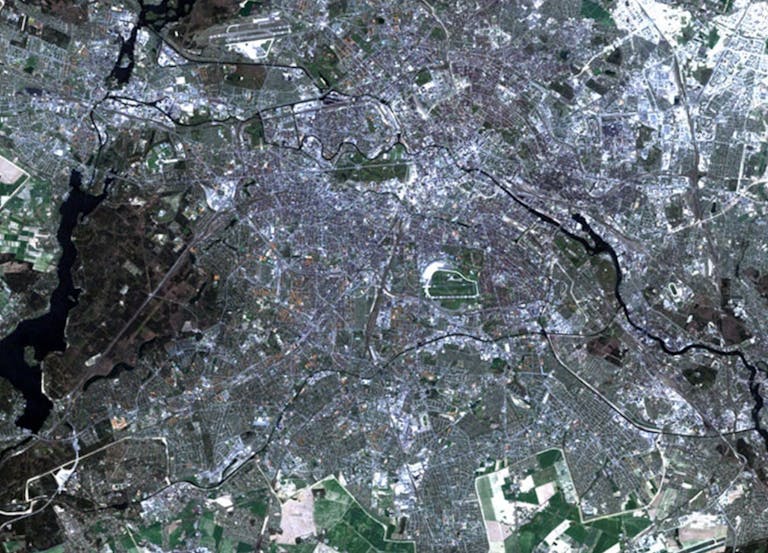Cultural revolution

Discontent is a homage to arts magazines affiliated with the Palestine liberation movement, published between the late 60s and mid 80s, which used graphic design and art as a form of resistance. The magazine, which is in its first issue, collects personal essays, reportage and photography from Egypt, Palestine and Lebanon. “As someone who’s been living in the Arab world for the best part of 16 years,” explains editor Iain Akerman via email, “I’d like to at least think that Discontent could contribute towards a narrative that insists on justice.”
Discontent includes extraordinary photographs of the August 2020 Beirut Explosion, as well as archive photography. One moving feature tells the story of Beirut’s Souk Al-Ahad, where antique dealers sell plastic bags stuffed with old family photographs. We see children playing in the snow, and a wedding, and a holiday. The effect is unsettling; we have been granted privileged access to someone else’s lost history.
Below, Iain talked us through some of his favourite pieces in the issue, and explained his motivations.
You are a magazine of “social and political discontent.” What is the power of discontent?
I think it fuels change. Without it there wouldn’t be any political or social reform. Unfortunately, Lebanon is way beyond discontent right now. It has entered the realm of rage and despair.
There is a piece in the magazine by Alfred Tarazi about the role magazines played in the Palestinian Liberation movement. How did print media contribute to the effort for revolution?
Magazines acted as a platform for cultural resistance. While most people remember the Palestinian revolution as primarily an armed struggle, its cultural element was just as important. From the late 60s to the early to mid-80s many prominent artists, including Dia Azzawi, Mona Saudi, Aref Rayess and Rafic Charaf, produced work for these titles, which were not only statements of defiance and political thought, but beautiful works of graphic design. They were also part of a much wider cultural revolution that included music, film, posters and poetry, much of which survives today. Which is not something you can say about the Palestinian revolution.
How you see Discontent fitting into that cultural tradition?
I think it would be presumptuous to say that Discontent fits into this tradition in any way, which is why I always say it’s a homage to that tradition rather than a continuation of it. Most of the magazines from that period were politically affiliated, including Al Hadaf, which was founded by the Popular Front for the Liberation of Palestine and edited by Ghassan Kanafani, until his assassination by the Israelis in 1972. In contrast, Discontent is independent, and, to be honest, just a drop in the ocean. It has, however, taken elements of those magazines, like artist-designed covers, and collaborations between writers and artists.
What’s your favourite piece in the issue, and why?
Am I allowed to choose two? If I am, then ‘A peculiar form of intellectual defeat’ by David Charles Samhoun, and part three of Hind Shoufani’s five-part meditation on Palestine. Much of the writing in Discontent is very intimate, but these two in particular reveal the deeply personal impact of oppression and dispossession. In the case of Samhoun, it’s the mental barriers that are necessary to protect himself from emotional harm. For Shoufani, it’s the pain of familial separation caused by occupation.
I love the piece ‘Discernible Traces of a Person’s Fingerprint’, about the antique dealers in Beirut’s Souk Al Ahad who sell plastic bags filled with other people’s past lives — letters, photographs, diaries. What was the significance of including these photographs in the issue?
They represent a Lebanon that no longer exists. A Lebanon that has been destroyed by civil war, political corruption and corporate greed. That’s why they were included. But they also tap into the peculiarities of Lebanese nostalgia, which favours a sort of distorted collective memory. One that paints the past as golden, when in fact the opposite is probably true. It’s also interesting to ask where these bags filled with the remnants of people’s lives come from. I remember a seller once telling me that many of them came from Beirut’s old houses, many of which have fallen into disrepair and are routinely pulled down to make way for modern high rises. This in turn leads you to the destruction of Beirut’s architectural heritage and the city’s reckless post-war reconstruction. Two realities that are the source of great anger and discontent.













